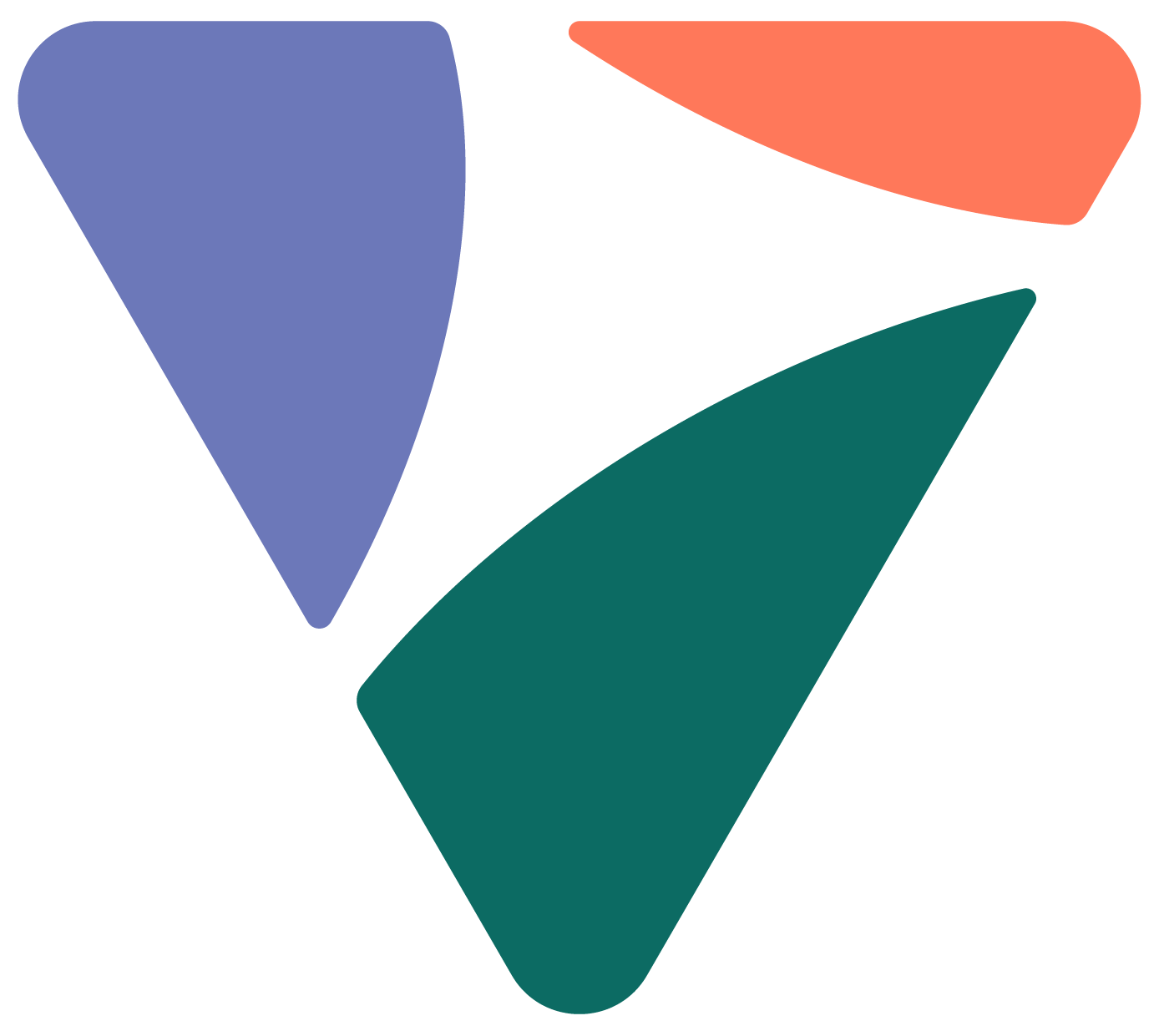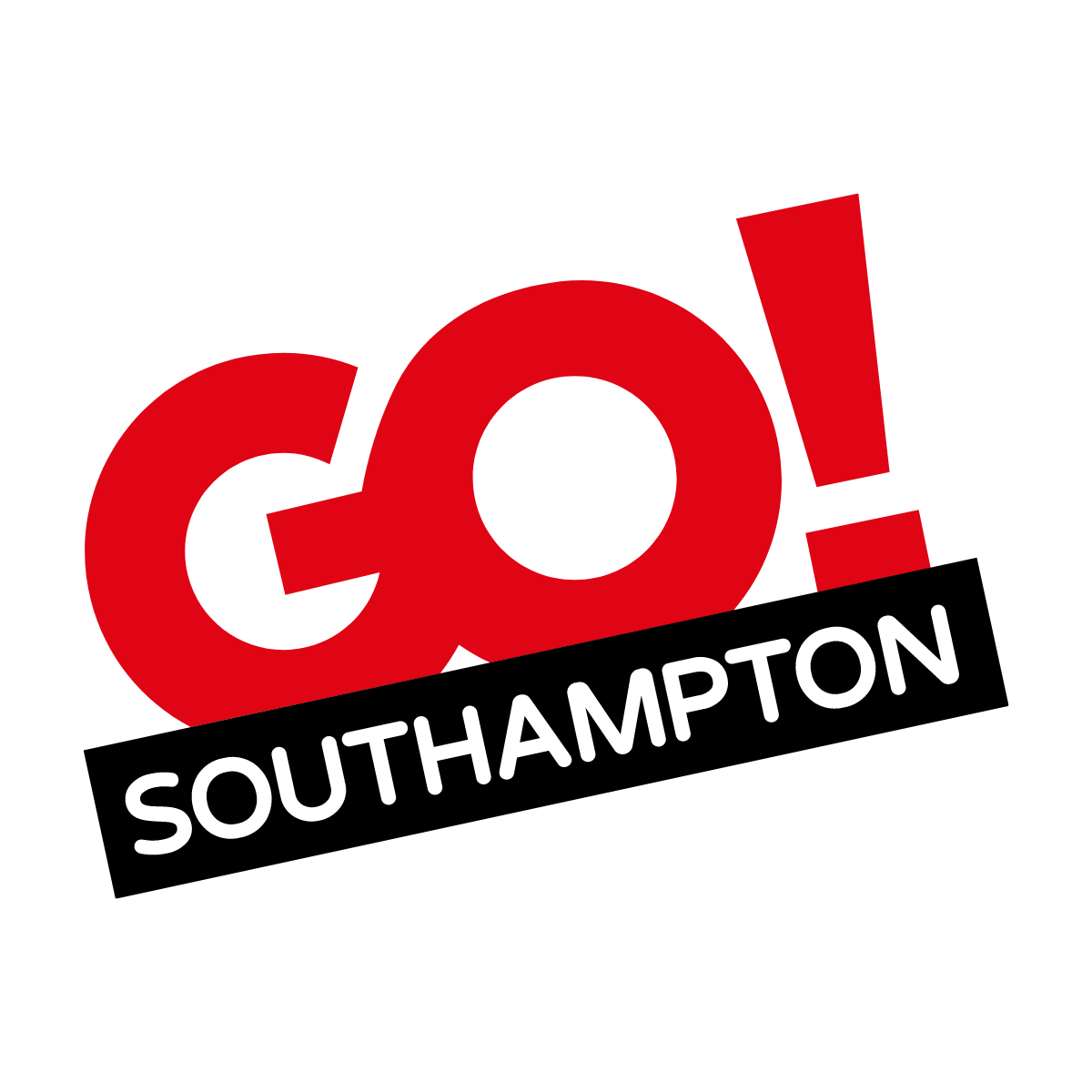Transforming Environmental Reporting with the GO! Southampton Reporting App
In this case study, we explore how GO! Southampton, in collaboration with Vicinity, leveraged a reporting app to streamline environmental issue reporting. Through interviews with key stakeholders we delve into the challenges faced, the solutions implemented, and the impact of the CRM web app on organisational efficiency and communication with their partners, such as Southampton City Council.
Background
GO! Southampton were in a position to employ a City Ranger (Debbi Martin) in-house and required a system to report and manage environmental issue. Previously reliant on another web app, the transition process had to be seamless, avoiding any gap in reporting. The replacement needed to retain the functionality of the previous solution, while refining the workflow for the end user.
Objectives and Implementation
Collaboration with Gemma Pratt, Business Relations Manager at GO! Southampton, paved the way for the creation of a comprehensive Statement of Requirements (SoR). Vicinity’s Chief Product Officer, Simon Zimmerman, led the development process focusing on both the front-end and back-end functionalities. The functionality was described in a series of “User Stories”. For example:
“As a GO! Southampton Ambassador who is working out of the office, I want to report a trip hazard to the council and for a follow-up task to be created automatically, so that I can ensure the hazard is fixed and done so within the terms of our SLA with the council.”
“In my role as City Ranger, I work out of the office and need to report environmental issues. In the event of a raised pavement slab this, potentially serious, report of a trip hazard needs to be sent to a particular contact at Southampton City Council. We also need a follow-up task to be created automatically, so that I can have a way to monitor if this hazard is fixed within the terms of our SLA with the council.”
Another example was:
“In my role as City Ranger, it would save me time if I can filter my tasks, to find those closest to me, while I am out of the office. This means, if I am on Bargate Street, and can efficiently check on all the reports in this area.”
These User Stories formed the basis of pieces of work that the technical team worked on, over the course of three weeks. Once each piece of work was completed, it was tested against a set of acceptance criteria. For example:
“GIVEN In my role as City Ranger WHEN I filter my task by selecting an Area THEN only tasks belonging to that area are returned from the database.”
The result? The Vicinity Reporting app, a mobile-first solution designed to cater to Debbi's ‘out-of-office’ workflow.
Features and Functionality
The Reporting Web App boasts a simplified interface tailored to Debbi's reporting and follow-up task management requirements. By preserving the functionalities integral to Debbi's experience with a previous solution, she seamlessly reports an array of environmental issues to third parties. This ensures not only efficient reporting but also holds these parties accountable for their commitments, contributing to a streamlined and effective resolution process.
Based on the invaluable feedback received, the incorporation of features such as filtering tasks by "Area" and "Due and due soon," along with the capability to effortlessly re-report and snooze tasks, has notably enhanced Debbi's workflow.
Client Feedback
Debbi provides valuable insights, confirming the positive impact on her time management and reduced administration.
Debbi Martin, City Ranger, GO! Southampton
“It is helpful that the system is linked to the CRM system, and therefore the business names update instantly when refreshed. Gemma Pratt, Business Relations Manager can also log on and update email addresses for the reports to be sent to instantly, meaning we get the report to the necessary partner on the same day. There is no need to wait for external contacts to make these updates. We have also had more control over the report forms which send to our external partners, meaning we can fix formatting issues which have previously frustrated our partners and been unavoidable.
It has saved time, being so well connected to our CRM records. My team can instantly see if I have reported an issue or updated it as complete, so we are able to work in a seamless way.
Previously, the software I used would ask me a lot of questions, and it would take a lot of time, in public to complete the form. Now I can input the necessary answers in a short form. Overall these benefits are in time saving, better internal and external communication, and more user-friendly experiences for me, my team, and the partners we work with.”
Continued Improvements:
The app faced minor challenges with photo orientation and snooze operations, which the tech team is actively working to address. The commitment to continuous improvement is evident as the team refines and enhances the reporting app to ensure a seamless user experience.
Benefits and Impact:
Debbi has used the app to report over 200 environmental issues in the last four months. These include fly-tipping, graffiti, rough sleeping, used needles, and more. The automated generation of follow-up tasks has resulted in the successful closure of over 166 of the reported issues during the same period.
Demonstrating business value, reports logged as Activities in the CRM provided transparency in the environmental issue resolution process. The app not only met the required criteria but introduced enhancements that aligned seamlessly with GO! Southampton's evolving needs.
Simon reflects on the project as a pivotal moment, emphasising the importance of creating solutions that can evolve with a client’s needs. The lessons learned from the project will undoubtedly contribute to the development of better Vicinity products in the future.
Conclusion
In conclusion, the GO! Southampton reporting app project illustrates not only a successful collaboration but also a commitment to continuous improvement. The impact on environmental issue reporting serves as a model for organisations seeking solutions that elevate efficiency, and foster adaptability to ever-changing organisational needs.
For more information on this case study and to explore how a similar solution could benefit your organisation, please book a demo.




